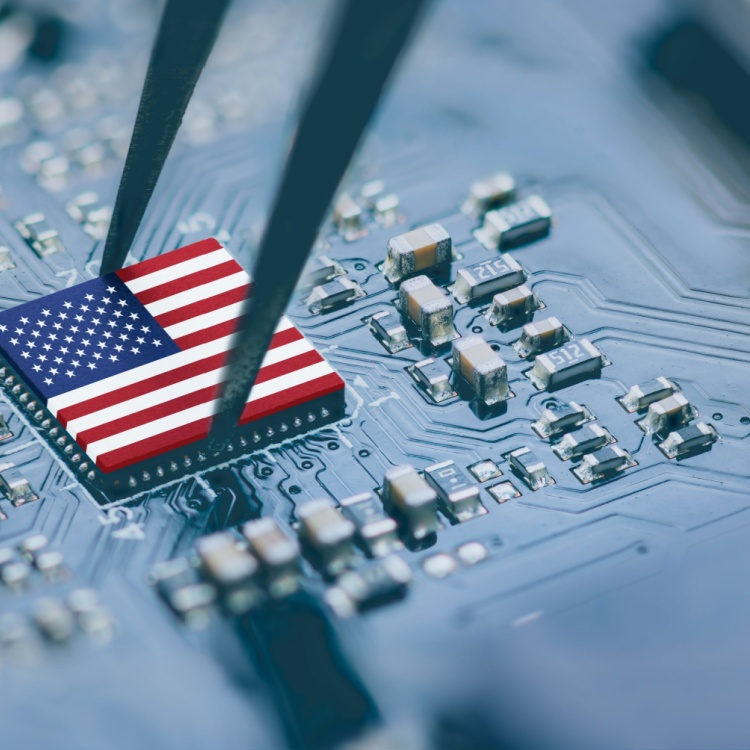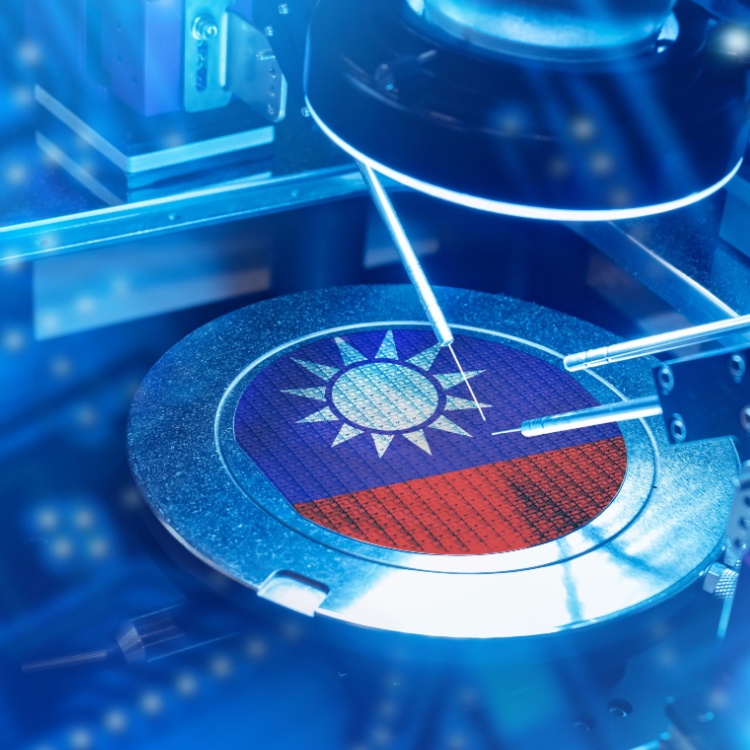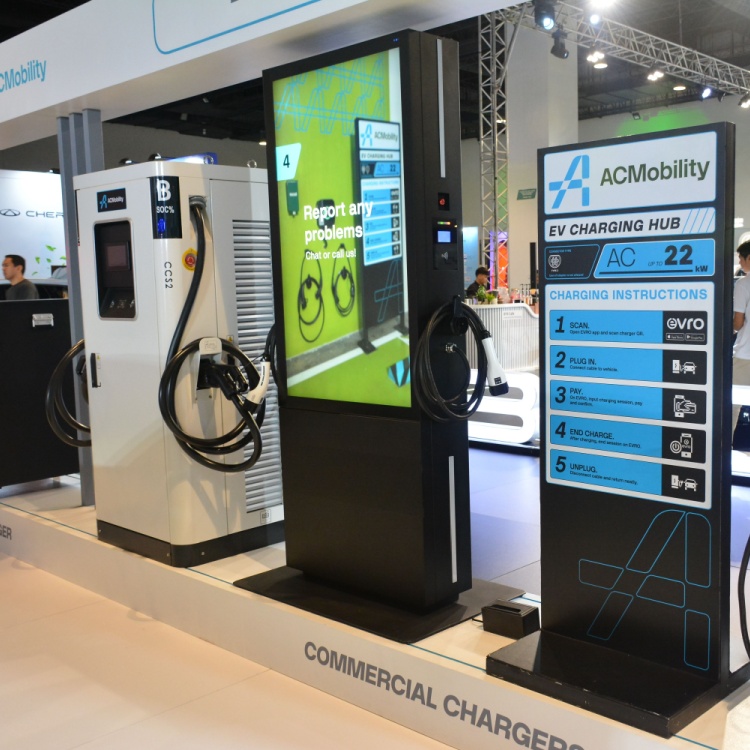Solar Geoengineering: Tech to Cool Our Planet

Cooling the Earth is our common goal, but the emerging technologies in solar geoengineering are proving to be divisive. Here’s why.
The world is in agreement: we need to stop global warming. We must reduce greenhouse gas emissions from transportation, manufacturing, agriculture, electricity, and heat. If not, we will endure more extreme weather events, severe droughts, and rising sea levels. Countries and industries have come together to limit climate change, but many fear that these efforts may not be enough to stem the tide.
(Also read: Industries and the Race to Net Zero)
Solar geoengineering is a type of climate engineering that aims to reflect sunlight (solar radiation) back into space, thus lowering global temperature. Solar geoengineering is also called solar radiation management (SRM), sunlight reflection, or albedo modification.
In this article, we’ll go over the different proposed solar geoengineering approaches and get insights from both proponents and opponents of this controversial technology.
Stratospheric aerosol injection (SAI)
On June 15, 1991, the Philippine volcano Mt. Pinatubo erupted. It was the second-largest volcanic eruption of the 20th century. An ash cloud with five cubic kilometers of material rose thirty kilometers into the air. Hundreds of lives were lost during the eruption, which affected the lives of around two million people and caused an estimated USD 700 million in damages.
The Mt. Pinatubo explosion reverberated around the world. Nearly 20 million tons of sulfur dioxide were injected into the atmosphere, causing average global temperatures to drop by about 0.5°C for 15 months.
Stratospheric aerosol injection (SAI) aims to artificially imitate the cooling effect of a volcanic eruption. In this proposed method, large quantities of sulfur aerosols will be released into the stratosphere. In theory, these aerosols will combine with water particles to reflect more sunlight and reduce surface temperatures.
“If you reflect about 1% of sunlight, you would keep temperatures below 1.5 °C warming,” says Douglas MacMartin, a climate researcher at Cornell University.
According to MacMartin, this can be achieved by injecting around 10 megatons of sulfur dioxide into the atmosphere. “It might be enough to avoid catastrophic sea-level rise, and limit the risk of forest fires and hurricanes,” he shared.
Last year, the Stratospheric Controlled Perturbation Experiment (SCoPEx), launched by scientists at Harvard University and backed by Bill Gates, was slated to conduct tests with a high-altitude balloon over Sweden. After protests by environmental activists and indigenous peoples, the solar geoengineering tests were canceled.
Marine cloud brightening (MCB)
In marine cloud brightening (MCB), nano-sized sea water droplets are sprayed up into the air. In theory, these smaller droplets will mix with low-lying marine clouds to make them brighter, thus reflecting the sun and reducing heat.
In Australia, scientists conducted the world’s first field trial for this solar geoengineering technology. Onboard a repurposed ferry boat, the research team activated a cone-shaped turbine equipped with 320 nozzles that spewed nano-sized droplets off the back of the boat. Using sensors, drones, and another boat, the team monitored the mist of seawater as it rose upward.
“With the drone we could see, as we hoped, the [salt crystals] are getting mixed up into the atmospheric boundary layer towards the clouds,” project leader Daniel Harrison, an oceanographer and engineer at Southern Cross University, shared with the Australian Broadcasting Corporation (ABC).
Harrison’s cloud-brightening project is part of the Reef Restoration and Adaptation Program (RRAP), which was launched last year to develop technologies and techniques to save Australia’s coral reefs. With increasingly warmer summer temperatures, mass coral bleaching events are threatening the survival of the Great Barrier Reef.
Cloud brightening is being studied as a potential intervention to mitigate climate change, but some believe it could affect weather patterns and carries ecological risks.
Microbubbles
Around 70% of the Earth’s surface is covered by oceans, but these deep waters are mostly dark. They reflect very little sunlight and store heat.
What about turning the ocean into a mirror to reflect sunlight? This is another proposed solar geoengineering approach.
“The idea of microbubbles in the ocean is making a foam to reflect away some portion of incoming solar radiation and to deploy it in strategic locations where you could possibly effectuate certain climate outcomes,” shares Corey Gabriel, a climate scientist from the University of California San Diego.
In theory, sea foam could reflect 10 times more sunlight than dark water. With enough microbubbles, this technique could cool the planet by 0.5 °C.
But to do this, the bubbles would have to last for days on the ocean’s surface. To produce long-lasting bubbles, proponents have suggested using specialized ships equipped with mechanical shakers or nozzle technology, plus adding surfactants to the microbubbles. But the potentially harmful effects of these chemicals on marine ecosystems have not been explored.
Fine-tuning the earth: yay or nay?
Right now, the effects of emerging solar geoengineering technologies are limited to hypotheticals and computer models. There are too many unknowns–and only one Earth to test this technology on.
“Even our understanding of the climate change that we’re causing unintentionally right now still has limitations, especially when it comes to impacts further into the future,” international climate policy expert Linda Schneider shared with Discover Magazine. “Our understanding of what would happen if we were to intentionally manipulate the climate at a global scale is even less.”
While still in its nascent stages, solar geoengineering is already raising many questions. What are the potential environmental side effects? What if its impact is spread unevenly around the world?
If applied, solar geoengineering approaches will have global implications. Therefore, it should have sound international governance. These are powerful tools that could become highly politicized.
Solar geoengineering could limit the negative impact of climate change, but it doesn’t address the root cause of our rapidly warming Earth: greenhouse gas emissions from human activity. As researchers study the potential of solar geoengineering techniques and weigh risk versus reward, we must keep climate mitigation front and center.
As one of the Top 19 EMS companies in the world, IMI has over 40 years of experience in providing electronics manufacturing and technology solutions.
We are ready to support your business on a global scale.
Our proven technical expertise, worldwide reach, and vast experience in high-growth and emerging markets make us the ideal global manufacturing solutions partner.
Let's work together to build our future today.






